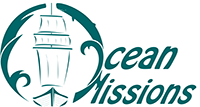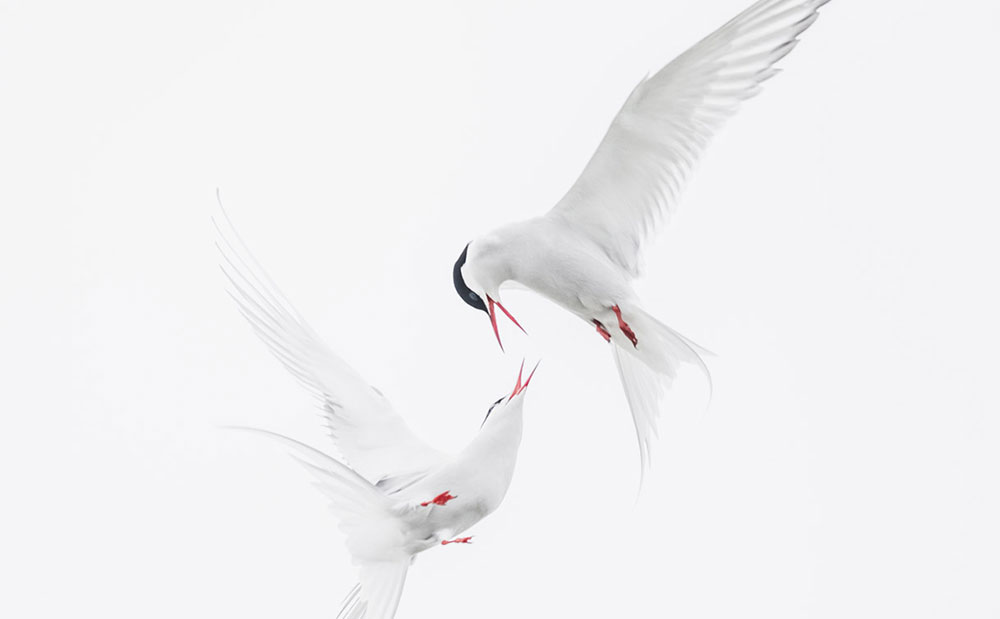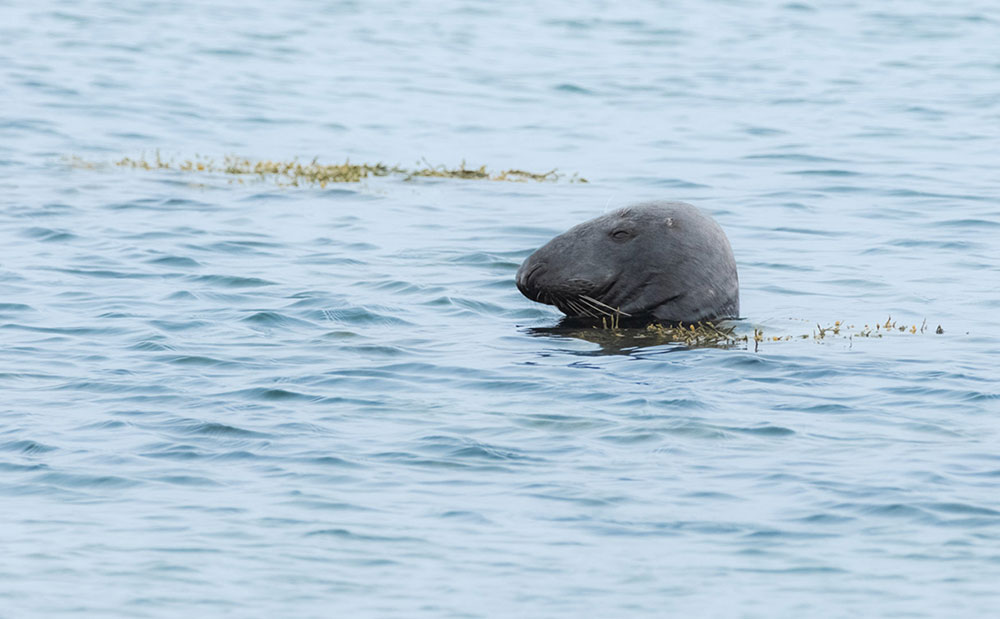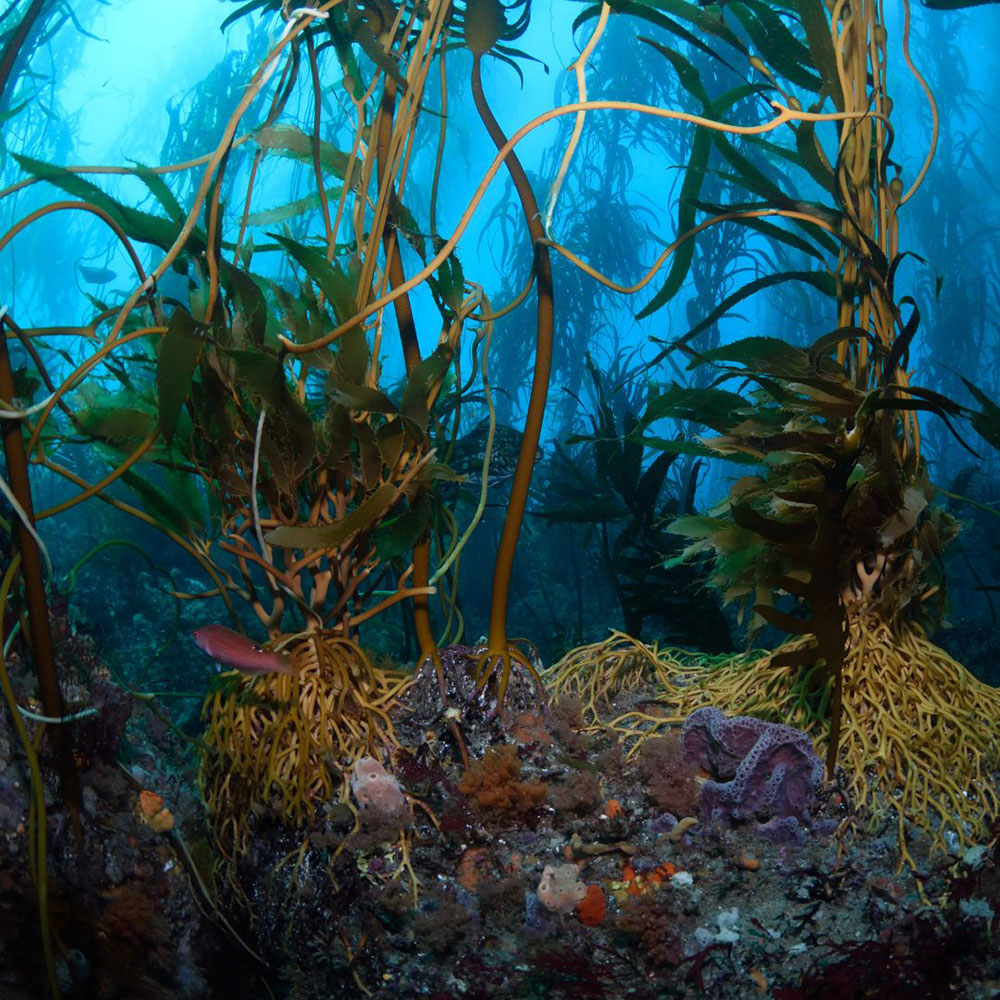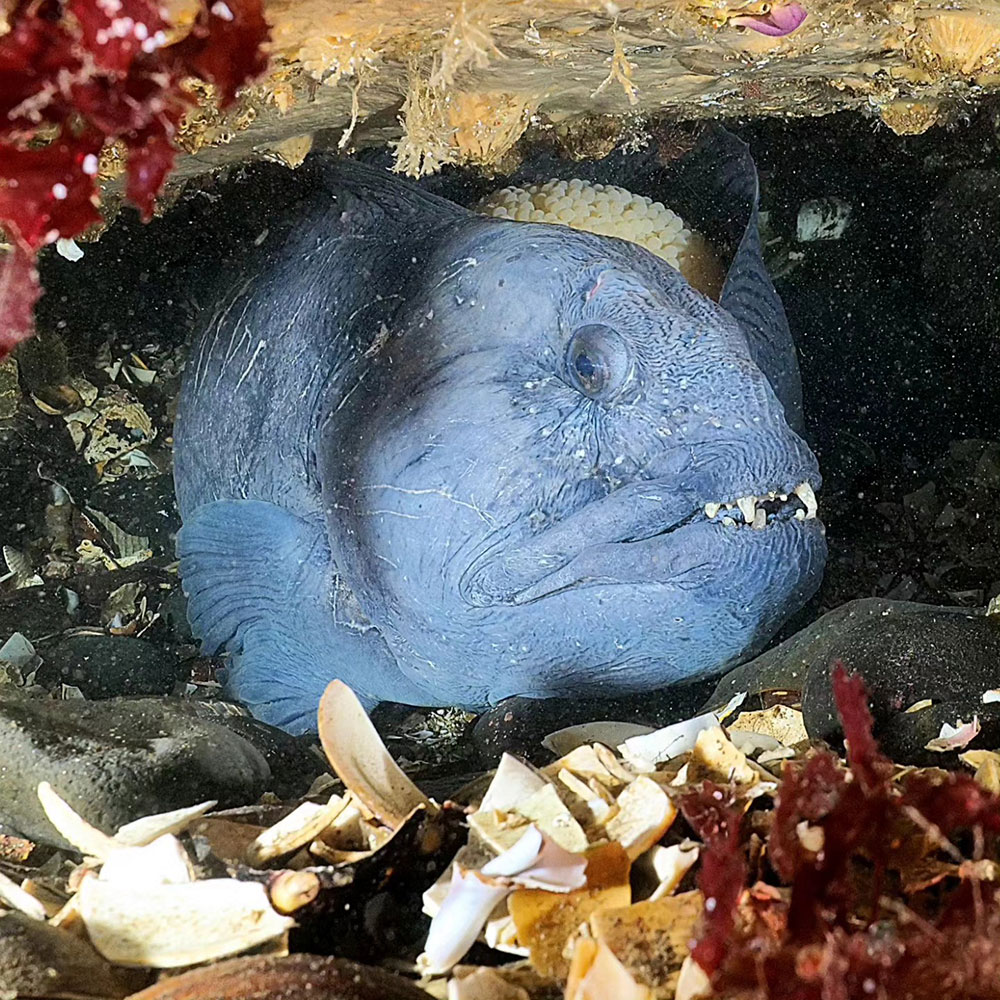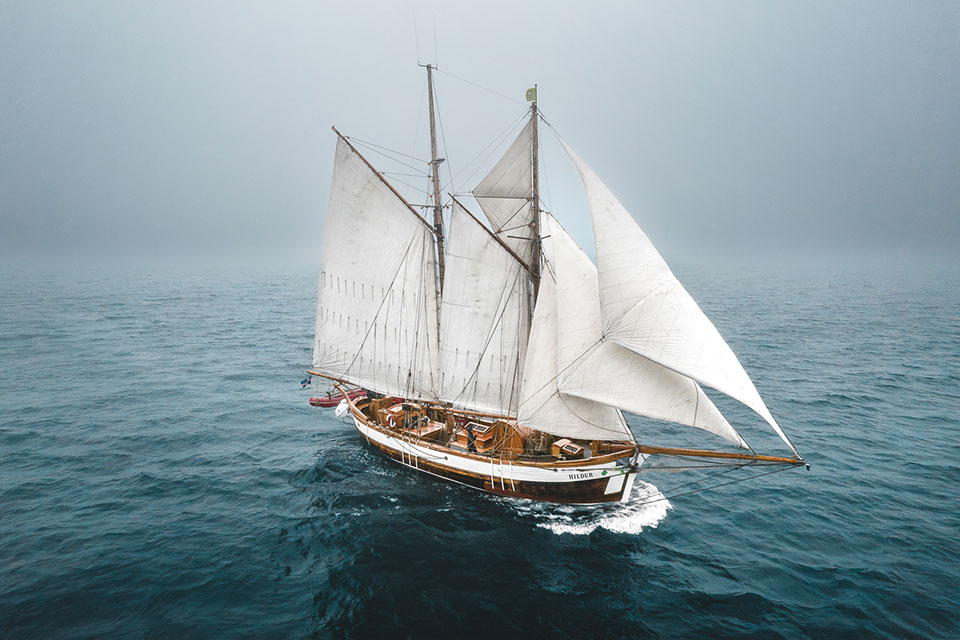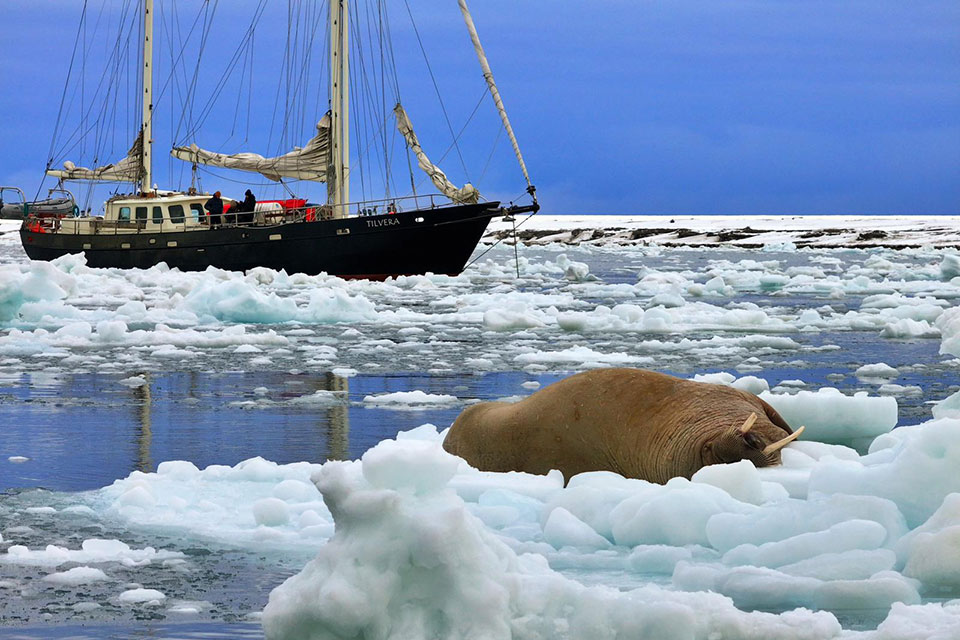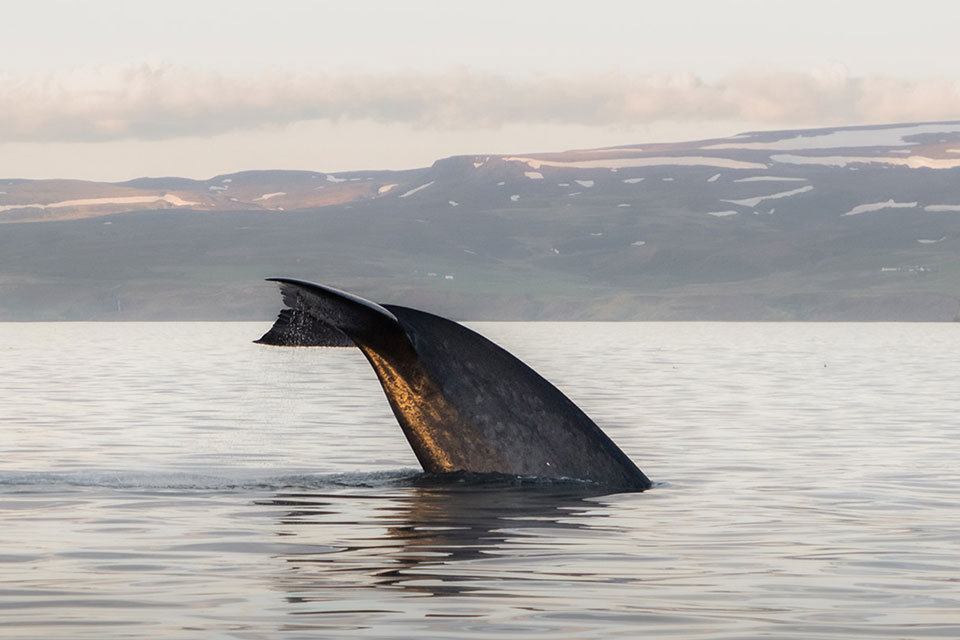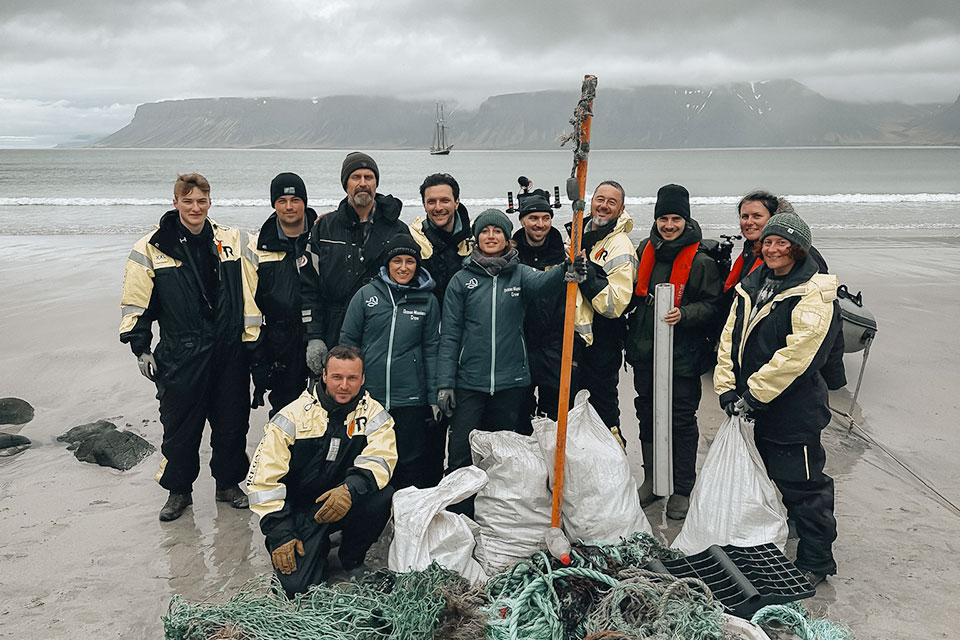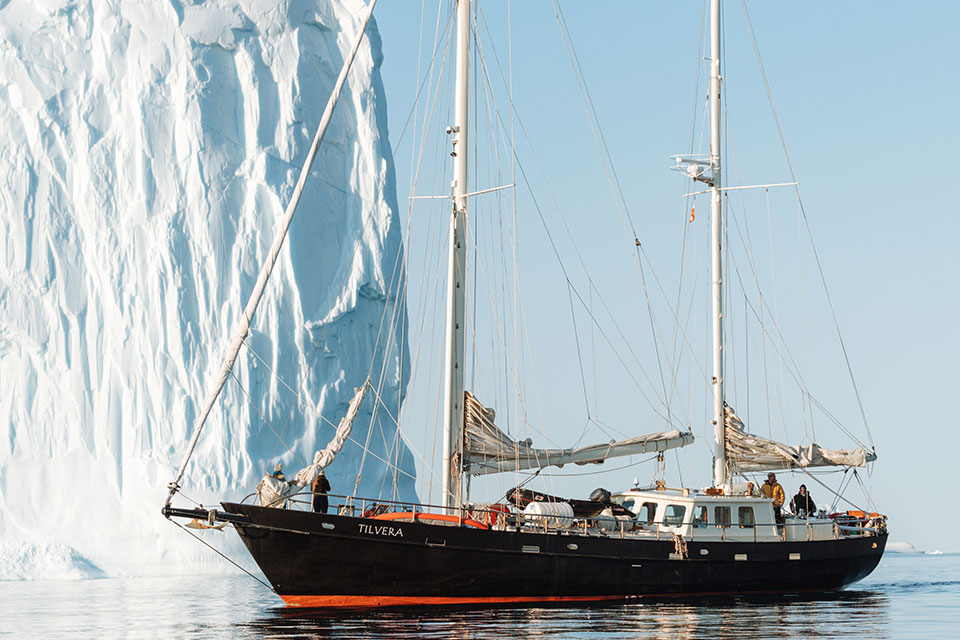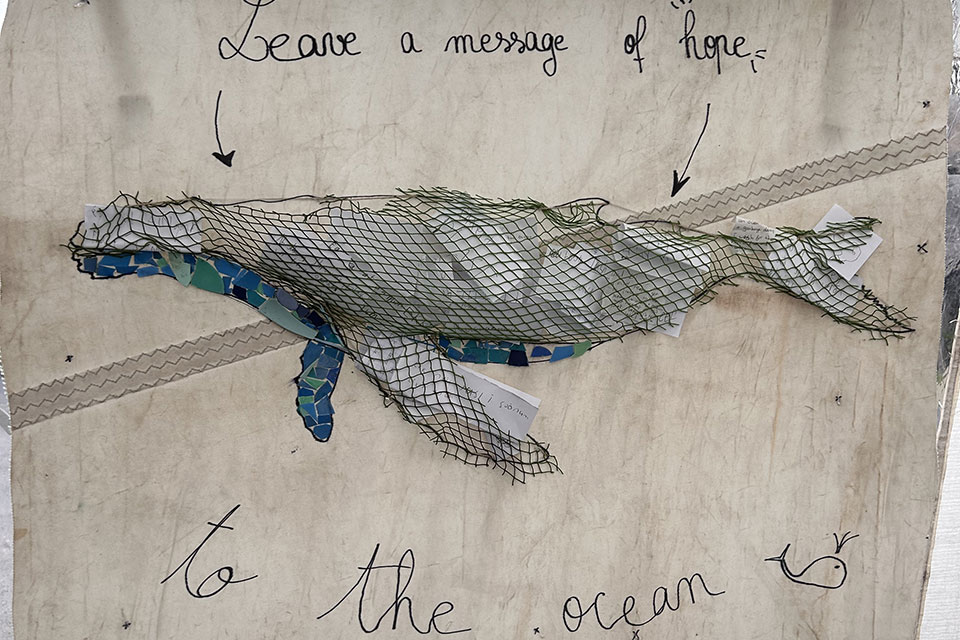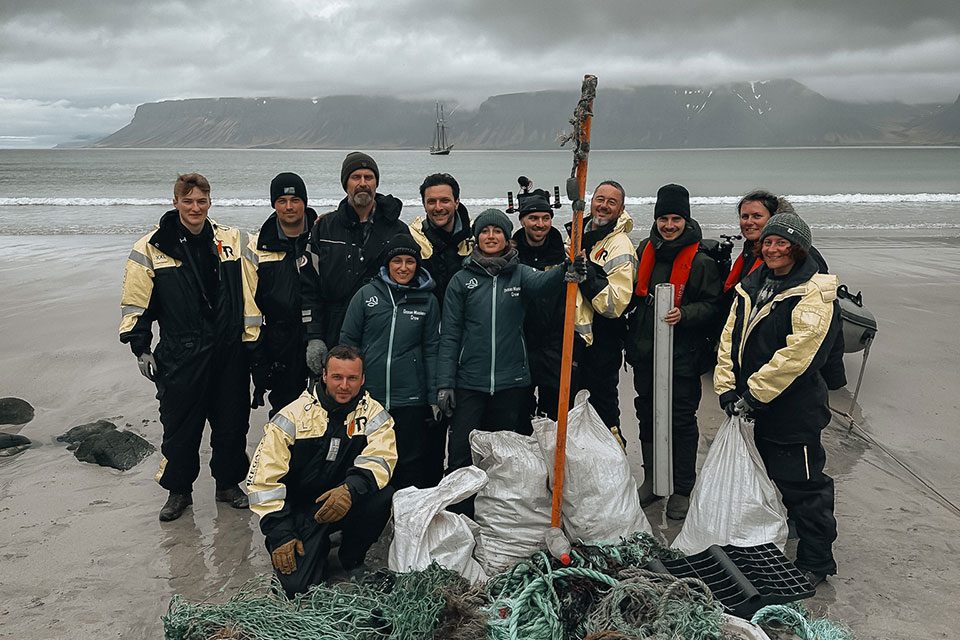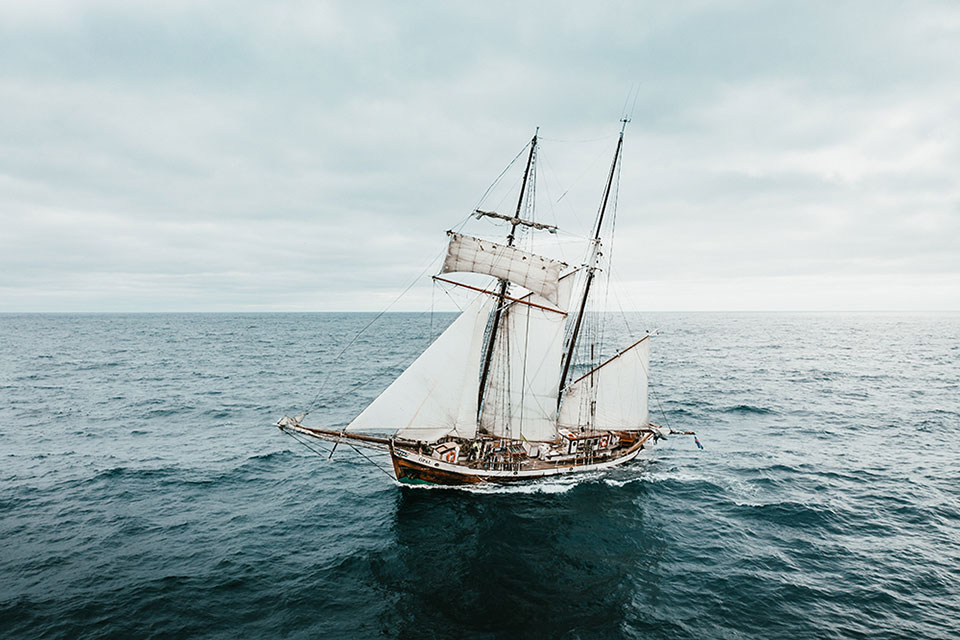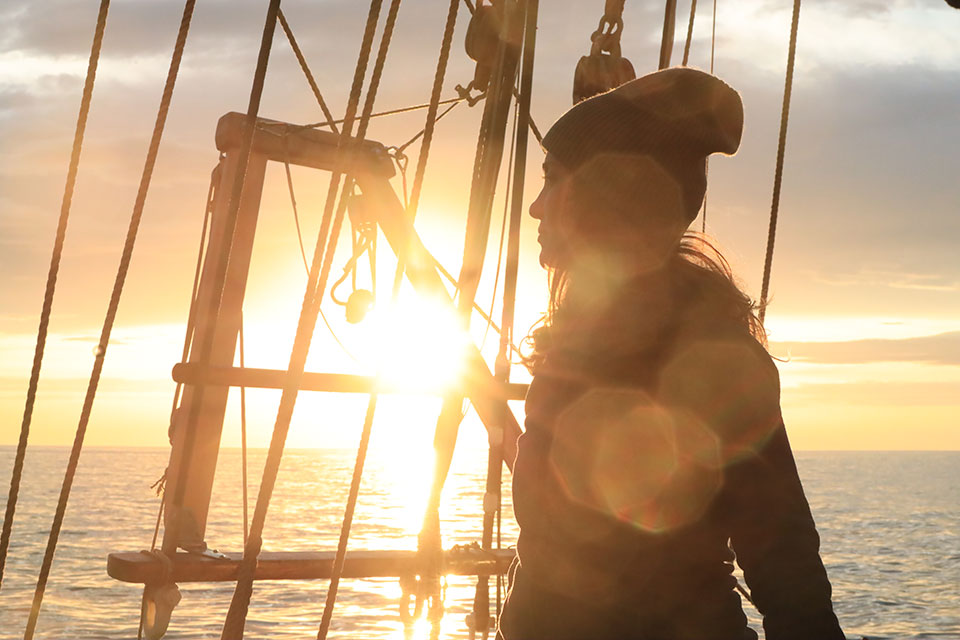Clear evidence shows that we are inevitably reaching the limits of the resilience of most of our oceans and seas. Despite the increase in international policies coming in place to address climate change issues and to regulate human-made impacts, the reality is that we have already reached crucial tipping points on the state of the Earth system, which is leading to irreversible changes.
In the Arctic regions, changes such as sea ice loss, glacial melt and ecosystem shifts are not only threatening the wildlife but also having direct social impacts affecting the cultural identities, health, food sovereignty and water security in small communities.
The Northeast of Iceland has been recently recognized as the first Hope Spot in Iceland, in June 2023. This strategic area includes three biologically critical regions: Skjálfandi Bay (SK), a southern sub-arctic deep-water bay in by Húsavík town, Eyjafjördur (EY) which is the longest fjord in Iceland and spans 40 miles from its mouth to Akureyri town, and Grímsey (GR) situated at the most northern tip of the region (at 66 degrees north). This area has traditionally marked the boundary waters for crossing into the Arctic Circle between the North Atlantic Ocean and the Greenland Sea. Here, seasonal upwelling events and the influence of the powerful glacier activity and the rivers trigger nutrient-rich waters and allow marine biodiversity to proliferate in a dynamic environment.
The Hope Spot provides habitats for both resident and migratory species and serves as an important feeding and breeding ground for a myriad of bird and marine mammal species. Only this area hosts up to 7 different species of pinnipeds and 23 species of cetaceans, including the endangered blue whales (Balaenoptera musculus) and the globally loved humpback whales (Megaptera novaeangliae), as well as incredibly rare hybrids between fin whales and blue whales.
Furthermore, coastal habitats on Lundey, Flatey, Grímsey, and Hrísey Islands, as well as Mánárey Islands (Háey and Lágey), and cliffs along the mainland (Tjörneslágin and Voladalstorfa) provide shelter and food sources for nearly forty nesting bird species (of which sixteen are seabirds), including some of the largest populations of sea birds in Europe such as the endangered Atlantic puffin (Fratercula arctica) and Arctic terns (Sterna paradisaea (Birdlife, 2022). These places host diverse sea-bottom life (126 fish species at least 47 species of invertebrates (Focusonnature, 2022)), which are important for fisheries but also serve as feeding grounds for larger aquatic and coastal inhabitants.
In addition, the adjacent coastal communities of Húsavík and Akureyri are known for scientific research and a vibrant tourist economy, where whale watching has become one of the main attractions, especially in Skálfandi Bay, considered the whale capital of Iceland.
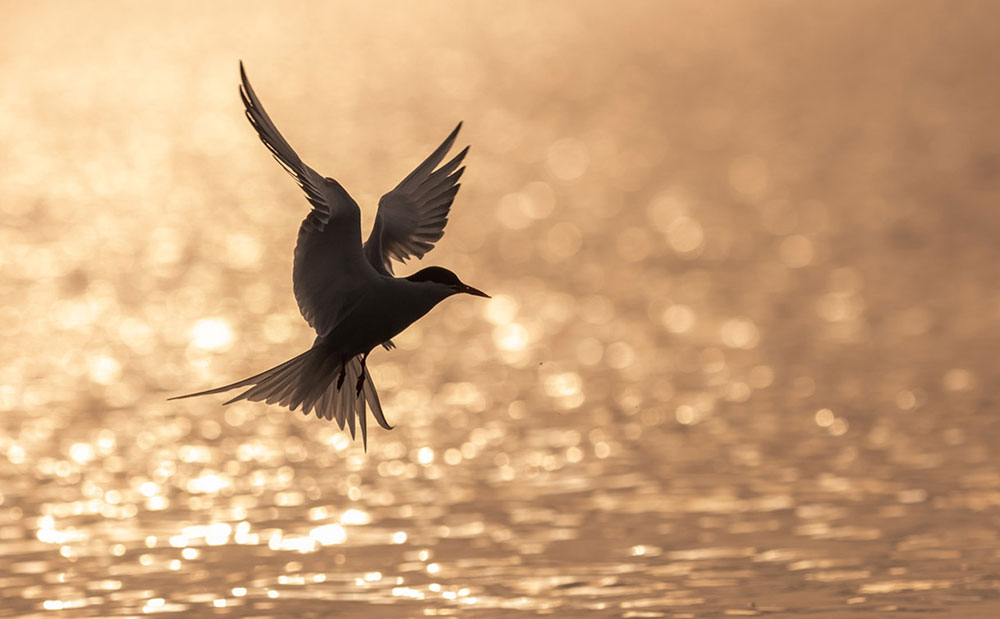
In these rich and productive waters, life still thrives. However, these fragile ecosystems are currently under increasing threats. Therefore, Ocean Missions aims to bring awareness among the Icelandic population and to inform policymakers about the importance of implementing protection plans before it is too late.
In recent years, the implementation of industrial projects for the extraction of marine resources has become very popular in Iceland, yet not successful, thankfully. The lack of strong ocean laws and the vague or non-existent regulations are attracting other countries to expand their business in Icelandic seas, where they can easily get permits. This is heavily threatening the coastal ecosystems and already over-exploiting some of the most valuable Icelandic marine resources.
For example, Icelandic Salmon is fifty per cent owned by the largest Norwegian salmon companies. The increasing industry of salmon farming has been dealing with serious difficulties such as regular fish escapes and lice infestations putting in serious risk the survival of the wild Icelandic salmon population (Fishfarmingexpert, 2023).
Kelp forest ecosystems are known to provide important habitats for a diverse assemblage of invertebrates, fish, and marine top predators such as seabirds and sea mammals. Further, they have an important ecological role by supporting the production of oxygen and carbon sin, and therefore their defence is key to achieving the protection of strategic marine areas (Dexter K, 2019). Despite its critical importance for the health of our oceans and climate, kelp forests in the Arctic are recently in the spotlight for industrial exploitation and economic investment.
In 2022, a permit was given to Íslandsþari ehf (Icelandic- Scottish company), by the government to build an industrial seaweed factory in Húsavík, a project worth three billion ISK, where a factory vessel will be in charge of removing (not just cutting) large quantities of kelp from the sea bottom near Skjálfandi Bay, with unknown consequences for the local biodiversity and its primary productivity (Hafstað.V, 2021). From the beginning of the project, it was clear that exports were sent to Europe and Asia and not being commercialized in Iceland, bringing very low or zero income to the country. Furthermore, they argue that this project can create 80-90 job positions for the locals but the current unemployment rate in Húsavik is below 2,5% (BDEEX, 2022).
In 2023, the residents in Húsavík teamed up and expressed to the regional government their opposition to the project before they started the construction of the infrastructure. Interestingly, most of the arguments against the factory addressed the proposed location at the harbour, possible bad smells and visual impacts for the residents, but very few arguments addressed the potential environmental effects on the kelp forests and fish communities. As for now, there are no signs of the project evolving here or elsewhere. Despite the apparent success of this case, this situation shows little awareness and sense of self-responsibility among the general population about the value of the ocean and the threats to it.
Looking at the big picture, limitations or restrictions on human activities on Icelandic shores and marine areas are almost non-existent in the country, and only 1% of the coastal area is fully protected from human impacts (Mpatlas.org). Currently, none of these protected areas fall within the Hope Spot boundaries.
Iceland has not yet defined specific biodiversity objectives in its national Arctic policy and is behind schedule in delivering the goals proposed by the United Nations to protect at least 30% of the oceans by 2030 and in achieving the 12 UN sustainable development goals set in 2015, particularly regarding number 14 “life below water” (United Nations, 2015). In early 2022, the Hope Spot area was identified as within the targeted area for conservation proposed by WWF ArcNet, an Arctic Ocean Network of Priority Areas for Conservation (ArcNet, 2021).
On the 2nd May 2024, we will be hosting an important event together with SVIVS (https://skjalfandi.org/), for the local community where the residents, local stakeholders and the municipality of Húsavík will gather to discuss the future of Skjálfandi Bay. As part of the event and with the support of the national government, we will be presenting an official proposal to start a pilot project for the implementation of the first Marine Protected Area in these waters region.
From Iceland, we at Ocean Missions, want to create a wave of action that will ignite people to protect the oceans worldwide, not only for the value of our marine resources but because of the crucial role of the oceans for life on Earth.
References:
https://icelandmonitor.mbl.is/news/news/2022/04/18/rapidly_rising_interest_in_seaweed/
https://icelandmonitor.mbl.is/news/news/2021/06/10/planning_to_process_seaweed_in_husavik/
The Northeast “Whale Capital” of Iceland Recognized as Mission Blue Hope Spot
Birdlife International, 2022. Iceland. Retrieved from: http://datazone.birdlife.org/country/iceland
Population size in Húsavík. 2022. BDEEX. Retrieved from: https://bdeex.com/naselenie/iceland/husavik/
Filbee-Dexter K, Wernberg T, Fredriksen S, Norderhaug KM, Pedersen MF. Arctic kelp forests: Diversity, resilience and future. Global and planetary change. 2019 Jan 1;172:1-4
A guide to ArcNet: an arctic ocean network of priority areas for conservation. 2021.WWF Arctic. Retrieved from: https://apiwwfarcticse.cdn.triggerfish.cloud/uploads/2022/04/08110748/report-wwf_arctic-arcnet_introductory_guide-a4-hires-final-webversion.pdf
United Nations. Department of Economic and Social Affairs. Sustainable Development, 2015. Do you know all 17 SDGs? Retrieved from: https://sdgs.un.org/goalsRetrieved from: https://indd.adobe.com/view/b4ac72af-f52f-41ac-93d4-2e2dc7706791
mpaAtlas. Iceland. 2022. Retrieved from: https://mpatlas.org/countries/ISL
Wernberg T, Krumhansl K, Filbee-Dexter K, Pedersen MF. Status and trends for the world’s kelp forests. InWorld seas: An environmental evaluation 2019 Jan 1 (pp. 57-78). Academic Press.
